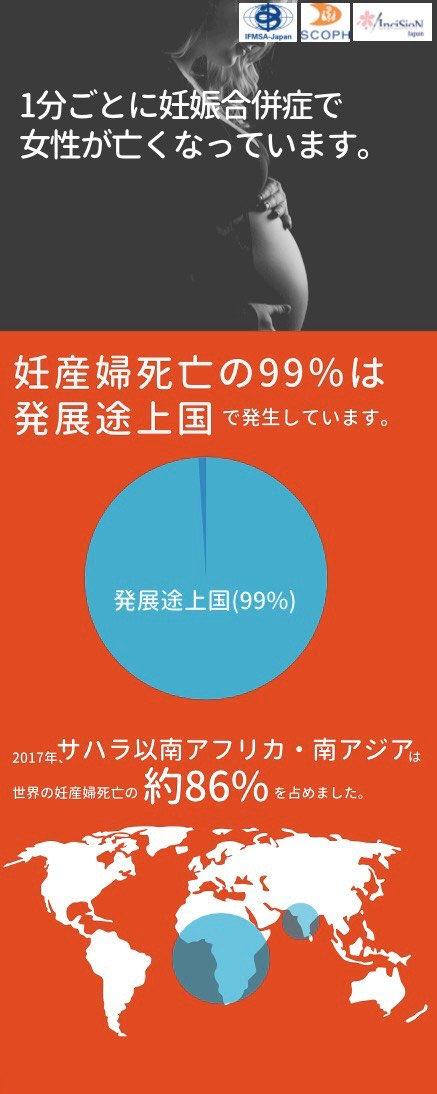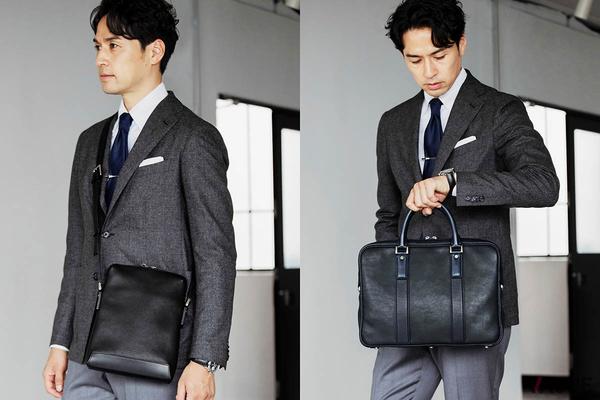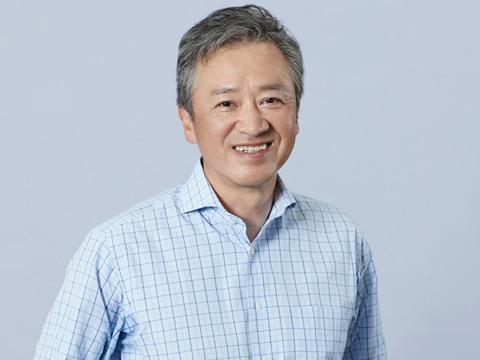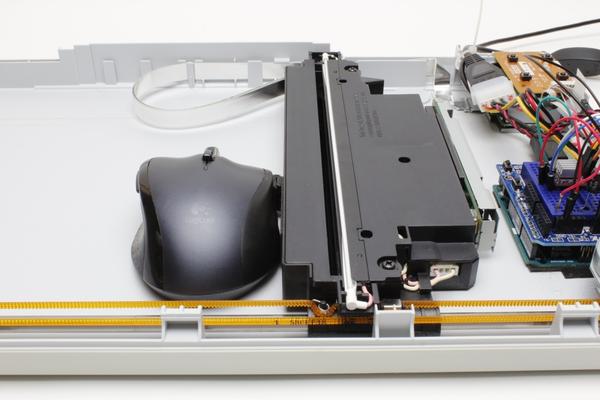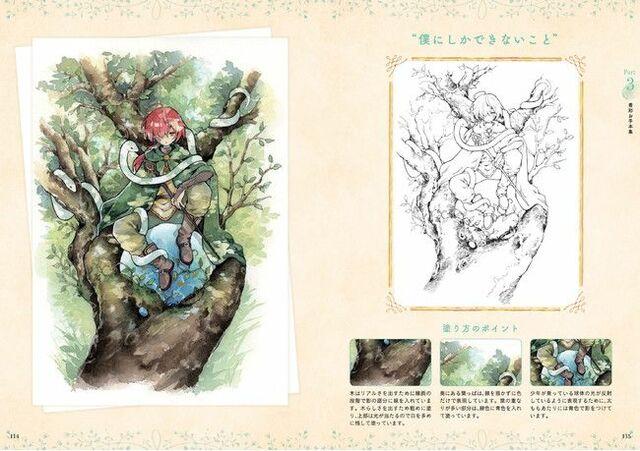“Battleship Yamato Style” Business Bag Operation Method: Takeo Higuchi’s “Ideas to Laugh, Ideas to Move”
I can't work empty-handed. In business, it is important not only to carry documents to be submitted to customers, but also to have equipment that can handle the minimum necessary paperwork anytime, anywhere. Furthermore, it was my belief that if there is even a little extra time, I should make the most of it and enjoy the moment. For that reason, you need a bag that can hold that much equipment. It would be a good idea to prepare several bags according to the TPO.
When I was working, I was often asked in the company elevator, "Oh Higuchi, are you going on a business trip?" "No." "It's a big bag." It was extremely heavy equipment for those days, and I carried a word processor with me. Now I travel with two PCs (one for writing and one for backup).
On my business trips, I bring everything I need. It is the "battleship Yamato method" that loads all kinds of "weapons" like an ancient battleship. It is obsolete and not recommended for current readers. However, I can't change my habits now. Let me introduce how to use my bag. It's an old-fashioned way, but it might be a hint for "how to travel".
The caster bag and shoulder bag on the left are from the AceGene brand. It's my favorite bag that doesn't break even in heavy use.Long ago, when flight bags with wheels didn't exist, I used to carry heavy bags that made my shoulders bend. Carrying an 8kg bag without casters is heavy. When casters were attached to the bag, I was the first to jump on it. And the bag got even heavier, over 11kg. For day trips, add a smaller shoulder bag. The reason is to make it easier to take out the notebook.
If you plan to stay overnight, this flight bag on wheels won't be enough. So, combine it with a smaller Boston bag. It weighs about 14kg so far. For 3 days and 2 nights, I carry a flight bag that combines a Boston bag and a shoulder bag over my shoulder. The total weight is now around 18kg. For 3 nights and 4 days or more, add a carry bag - it weighs 22 kg!
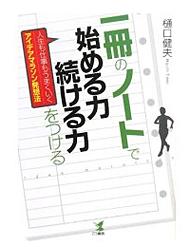
When it comes to overseas business trips for a week, combine three bags: a suitcase, a carry-on bag, and a Boston bag (or shoulder bag). If the number increases, it will become impossible for a single person to carry it at the airport or at the hotel. You can send it to Narita by courier before you leave the country, but what should you do when you are overseas? I would like to avoid asking someone I don't know to help me carry it, for safety and financial reasons.
On a business trip that lasts more than two weeks in Europe and the United States, it may be four bags: two suitcases, a Boston bag, and a carry-on bag. This is 48 km. Thus, I would have to pay extra charges for carry-on luggage.
Stairs are tough if you have a lot of luggage!
If you take these bags with you on business trips, you can see how barrier-free progress is being made in Japan. JR station buildings are becoming barrier-free, and most places have not only stairs but also ramps and elevators, making it convenient. However, there is one place of concern at JR Tokyo Station. It is a restroom just past the ticket gate of the Tokaido Shinkansen. There were several steps in front of the toilet here. This is the only restroom inside the ticket gate, so I would really like it to be barrier-free.
The highest travel luggage I ever packed was when I returned from Vietnam. Yomesan and I made a total of 13 bags (230kg in total!). At Narita Airport, I had to fill three trolleys. I paid an extra fare for two people just to carry my bags on the bus on the way home from Narita Airport, and from Tokyo Station, I used one wagon type and two regular taxis to go home. Of course, I wouldn't recommend it to everyone.
Surrounded by bags -What you gain by reducing your luggage, what you lose by increasing it -.
``Building the power to start and keep going with a single notebook: an idea marathon way of thinking for a successful life and work'' (Kou Shobo)Born in Kyoto in 1946. He graduated from Osaka University of Foreign Studies in English and joined Mitsui & Co. After being stationed in Nigeria (as an honorary chief of the Yoruba tribe), Saudi Arabia, and Vietnam, he served as head of the Kathmandu office in the Kingdom of Nepal before retiring from Mitsui in August 2004. During his tenure, he devised an idea marathon idea method. Currently has 338 notebooks and 263,000 ideas. Currently, Director of Idea Marathon Research Institute, Osaka Institute of Technology, University of Tsukuba, University of Electro-Communications, and part-time lecturer at Mie University. We are proposing an idea marathon using the Internet to corporate personnel training and elementary schools nationwide. His publications include “How to Generate Money Ideas” (Seibido Bunko), “Notebook Techniques for Successful People” (PHP Bunko), “Marathon System” (Nikkei BP), “Idea Marathon Work Techniques to Become Earners” (Japan). Kagiren Publishing Co., Ltd.) and others. Idea Marathon is published in English, Thai, Chinese, Hindi and Korean. He also supervised "100 inspiring scientific experiences - enjoy the wonders of the world" (Gijutsu Hyoronsha). Goods such as the "idea marathon starter kit for airpen" have also come to fruition. Click here for the official website of the idea marathon.
Copyright © ITmedia, Inc. All Rights Reserved.
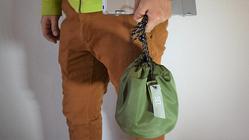
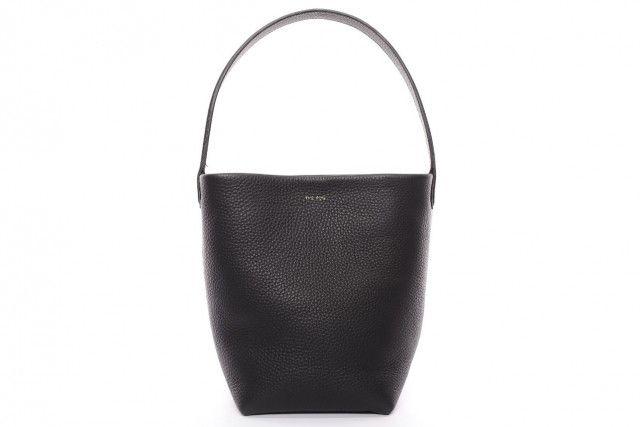
!["Rucksacks and backpacks" best-selling ranking Coleman and North Face are popular [June 2021 edition]](https://website-google-hk.oss-cn-hongkong.aliyuncs.com/drawing/article_results_9/2022/3/29/a9647069022c61ee44fb85806ae07d8b_0.jpeg)
